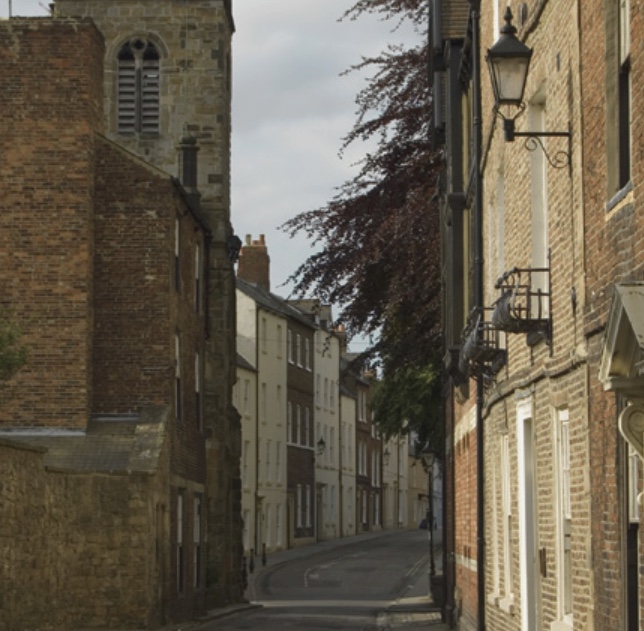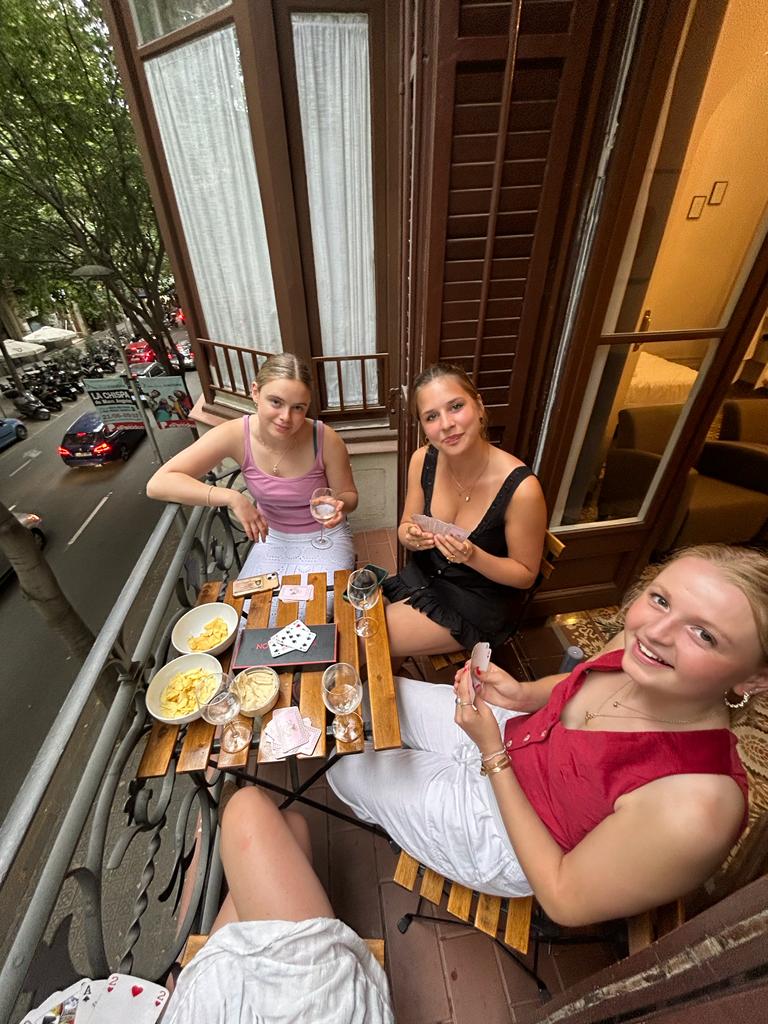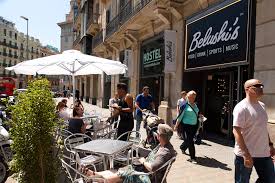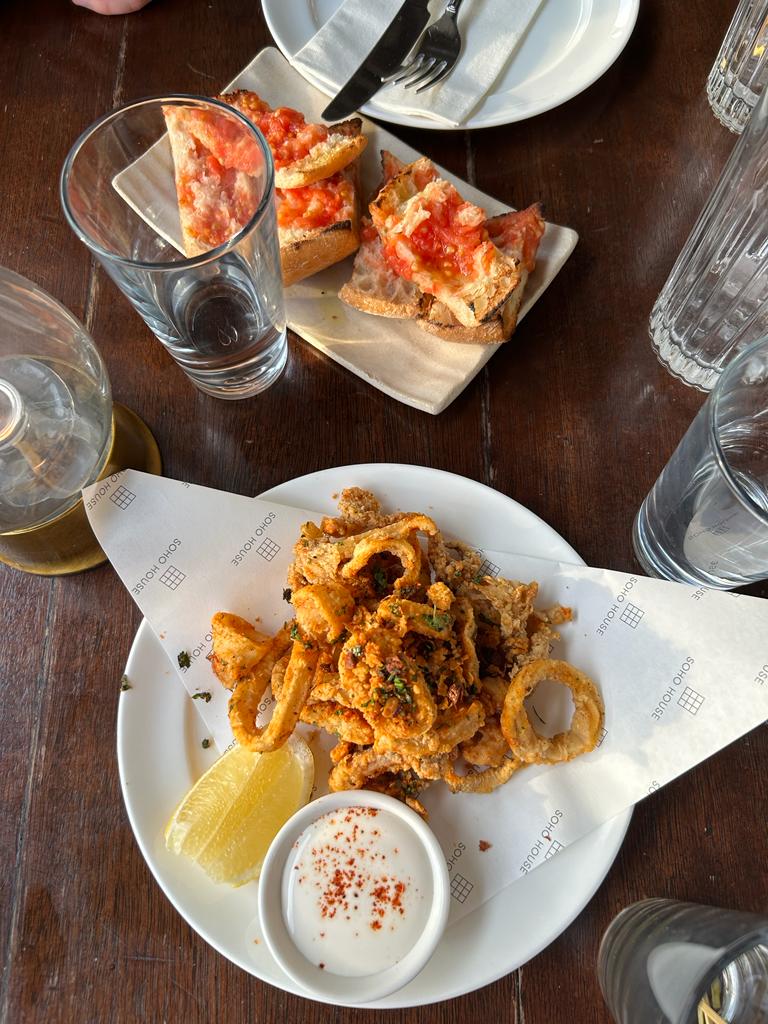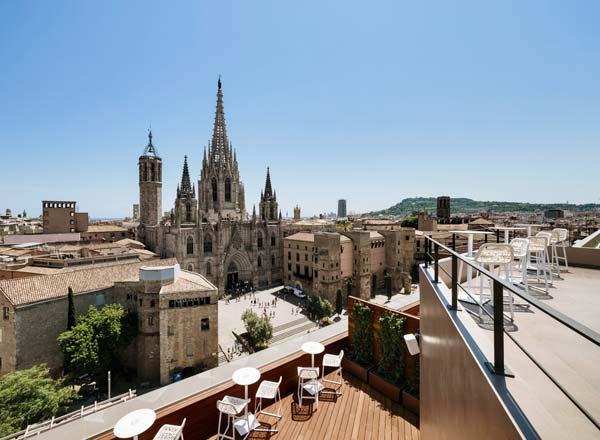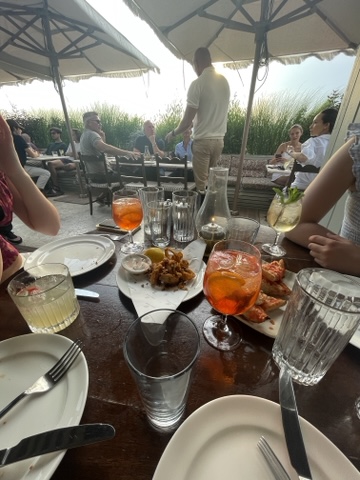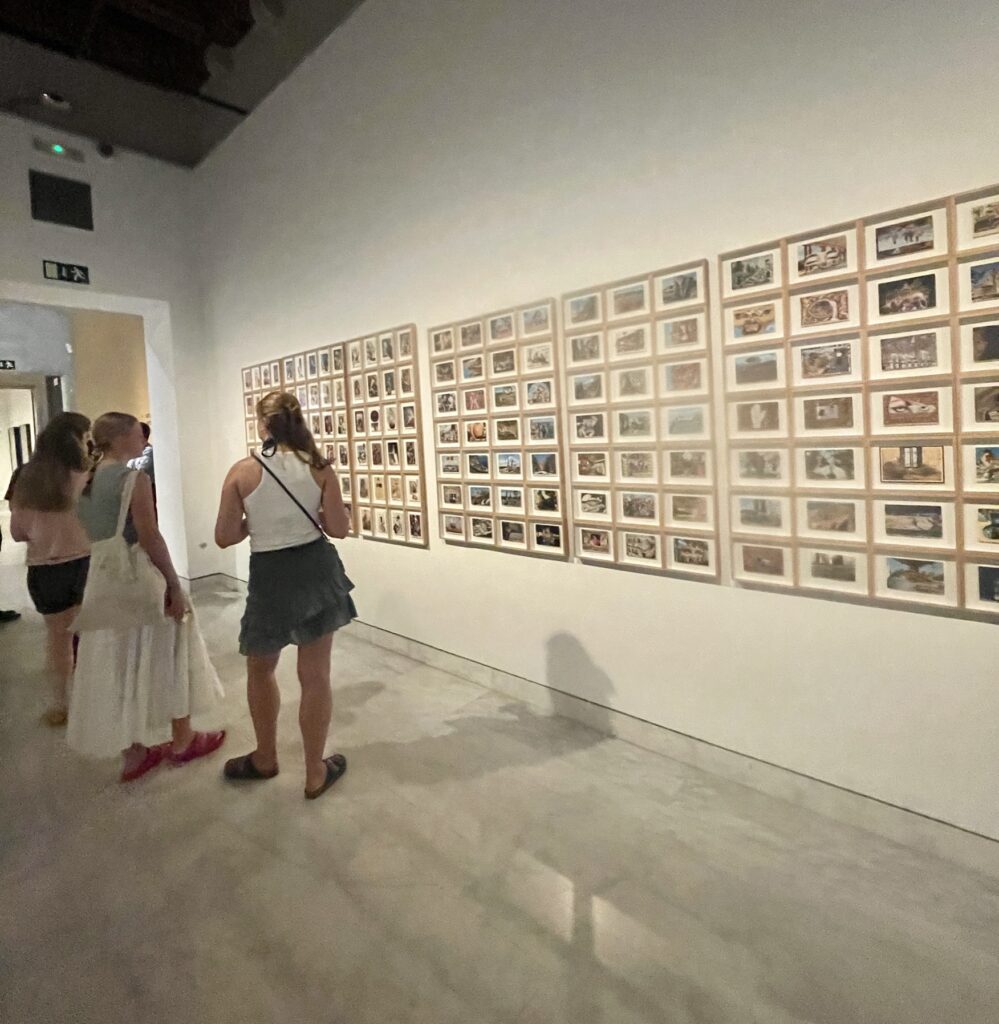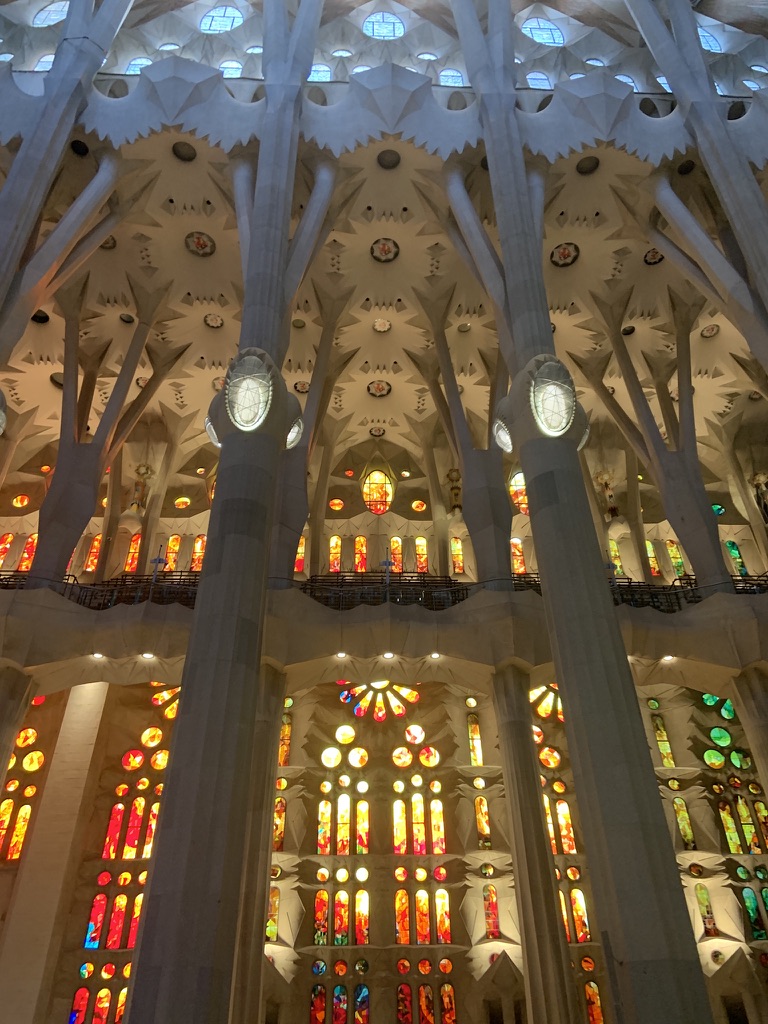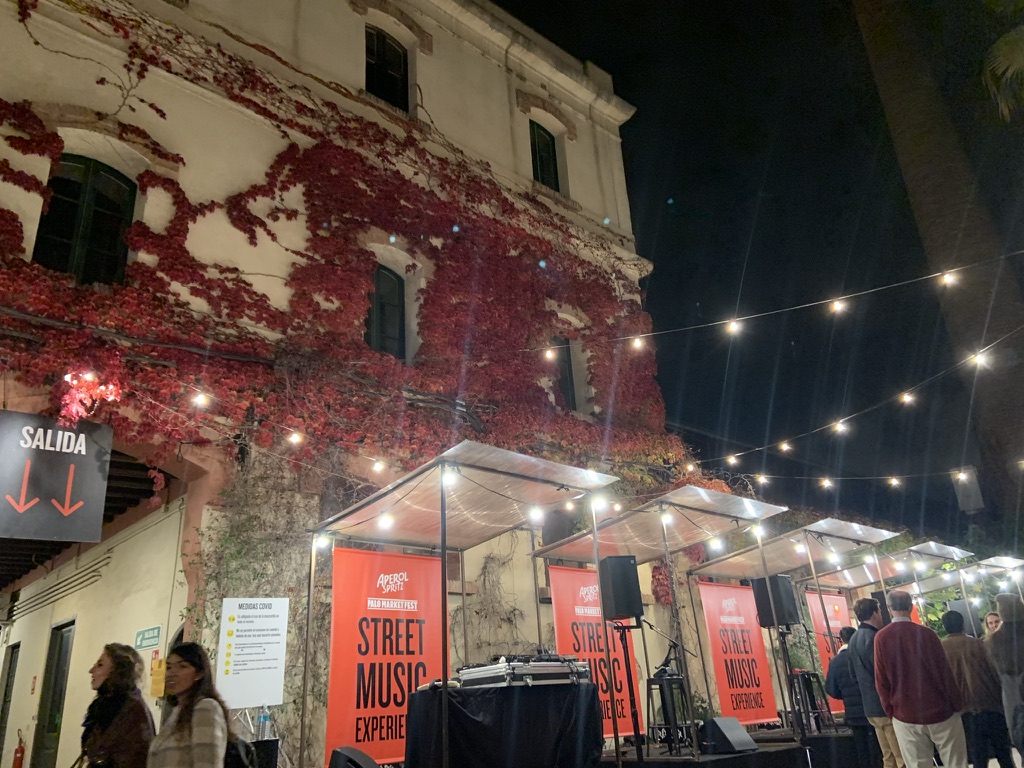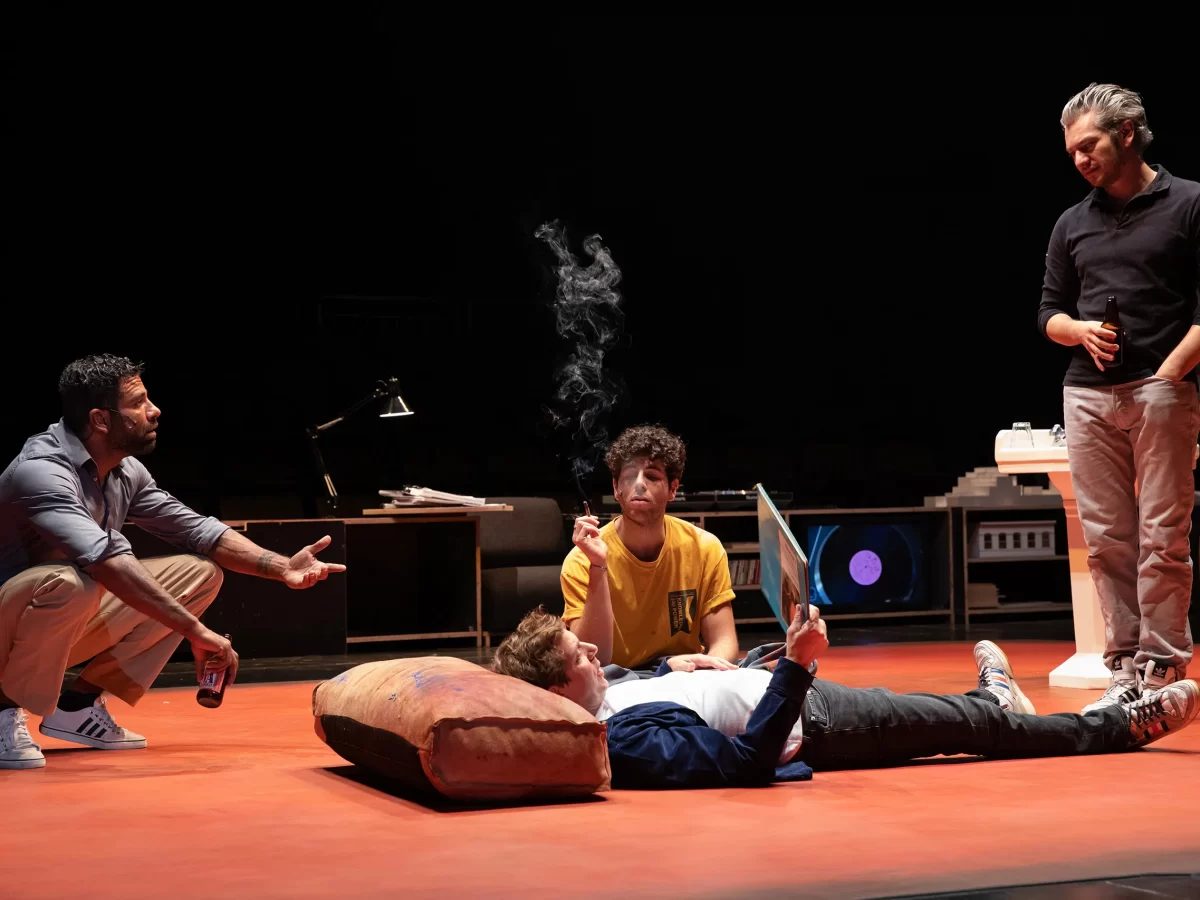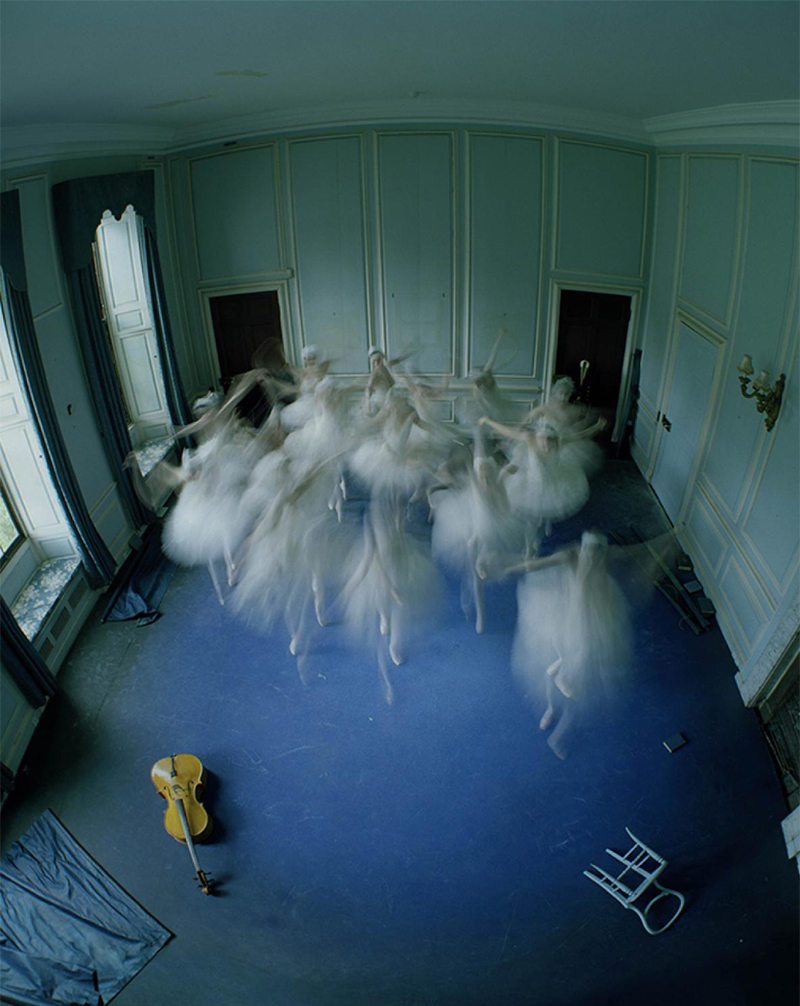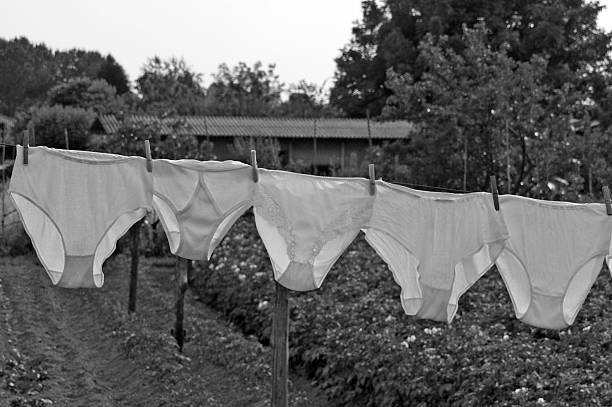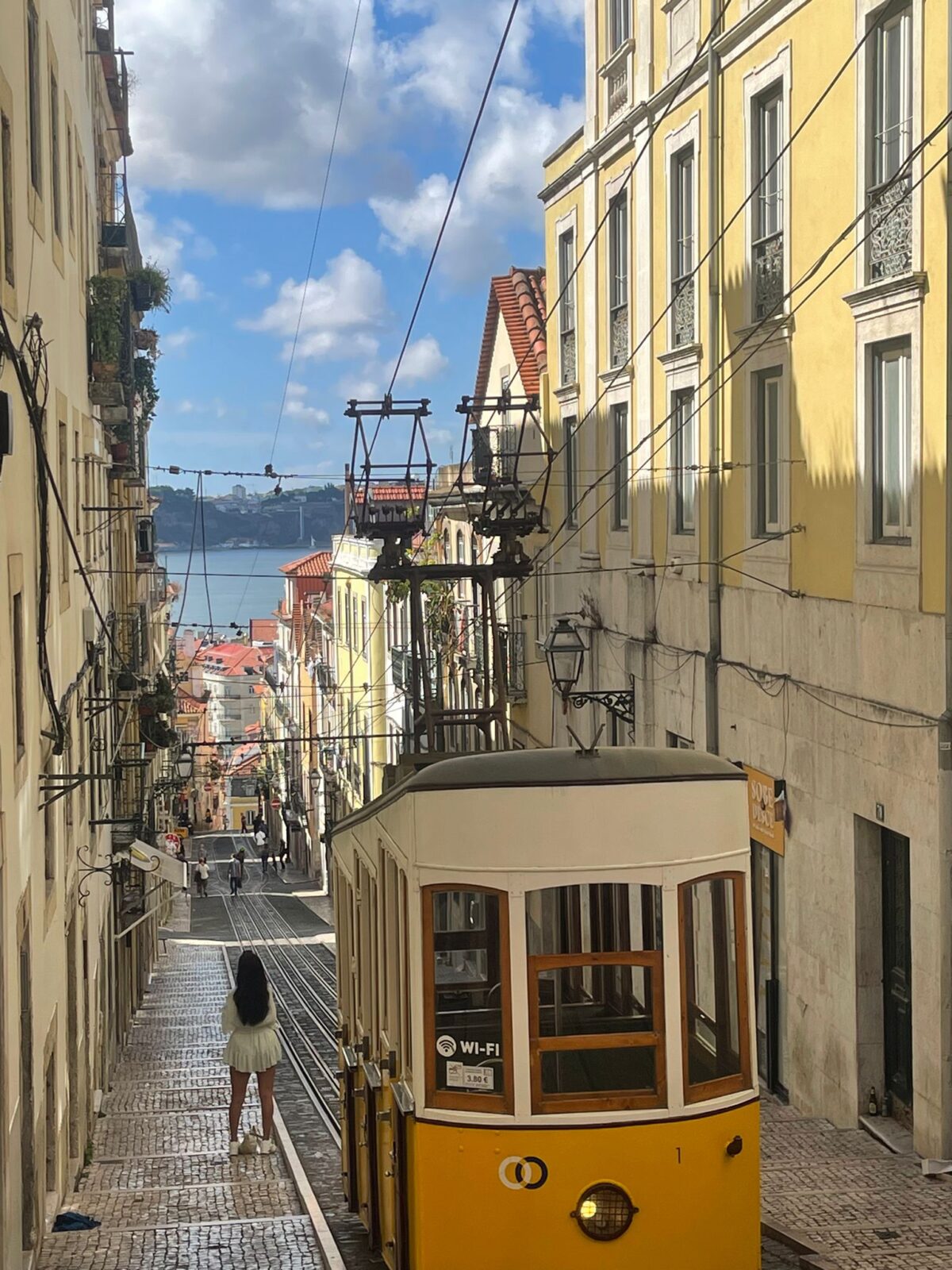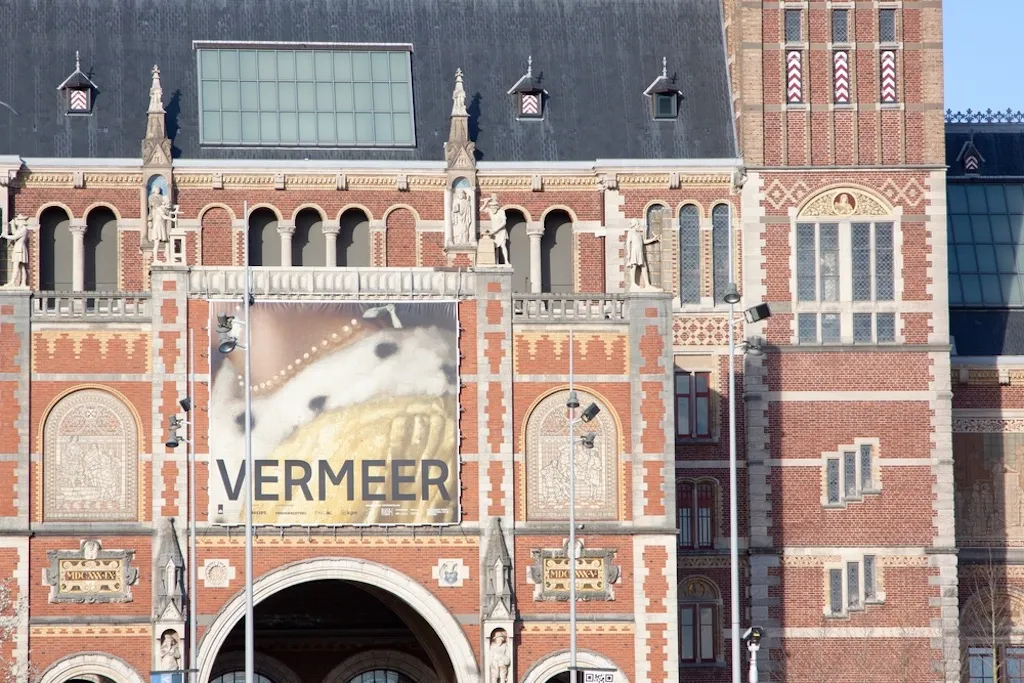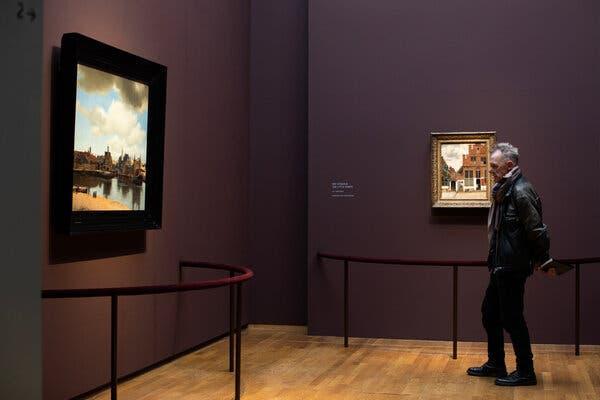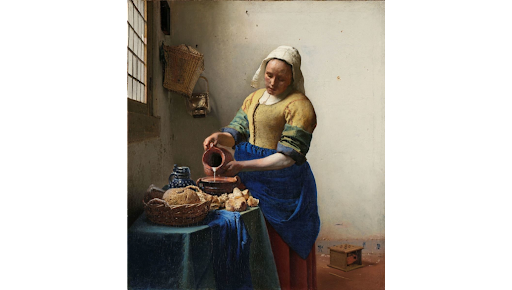By Emilia Brookfield
St. John’s College. 7:36pm. The window looks tiredly below at St. Mary the Less. The bar is not open yet, there can only be one thing left to do, become the “reader”.
When my reading list for 1st year English arrived those many weeks ago, the sight of Charlotte Bronte’s Jane Eyre caught my sneering eye off guard. What a field day it would have as I scorned the text for daring to exist next to Austen’s masterpiece of Emma; how could such a juvenile piece, sneered at by even the ever cynical 13-year-old Emilia, have reared its head as I emerged into the complexities of a degree level reading.
Charlotte remains my least favourite Bronte. The turbulent, destructive (yet witty) Branwell ranks higher than her on my charts. His cartoonish scribbles of a taunting death at one’s elbow reach wit and gothic twistedness far beyond Charlotte’s reach. Bronte’s accompanying fresher’s author, Plato, rally’s that art is full of mimesis, simply layers and layers of shadow, light, and imitation; these imitations are especially apparent in Charlotte’s writing as she tries to emulate the broodiness of her sisters. Charlotte appears to only mimic those feelings that her sisters so perfectly put. When other’s swooned over the plateable gothic of Jane Eyre or the wildly stormy, yet ultimately dull, Villette, I cemented myself further away from Charlotte’s camp, declaring myself to be a firm comrade of Emily and Anne. Although perhaps in being so obstinate, I was more Eyre than met the eye…
Reluctantly I settled down to the opening chapter. The wind whips down the Bailey, swathes of tired students scurry along, the Victorian graves sigh under the weight of the leaf carcasses; I read in both this world, and the hauntingly similar world of Jane, from my window seat.
Jane’s stubborn procession through life has become an oddly great comfort to me. Trapped in the red room alone, haunted by the whispery ghost of her uncle, I took solitude; I too am that girl afraid, in an unknown room, haunted by the spirits of those who lived before me, hiding behind the curtains of some haunted hide-n-seek. Floating along in this strange newness, the first few weeks of freshers are full of expectation more than anything. Unknown voices rise around Jane in her new Lowood environment; threads of conversation catch her ear, yet she cannot grasp them. She is surrounded by people her own age, yet is unable to distinguish a single person. This constant feeling of overcrowded loneliness permeates Freshers. The voice across the dining hall belongs to a physics student, yet turning you lose them, unable to connect that voice with yours in harmonious conversation beyond the parameters of the department they belong to and the papers they sat one June afternoon.
Thrown into a tumult of new places, names stick when visuals can’t be mustered. Thornfield, Lowood, Millcote, Gateshead, Lowton – all these decidedly English names that could be anywhere. The anticipation of what these mythic places look like as you finally are asked to meet for an audition, a meeting, a seminar, in one of these made-up halls. Jane believes herself to be smart, admirable, respectable upon leaving Lowood; graduation to Thornfield displaces this. She has no idea where she is going, asks to help too often, and is naïve to the stately and suspicious goings-on. Out of depth is the best way to describe her, and as a fresher in those formative weeks.
The window is fogging up with that Durham dampness. Only the leaves remain. My four walls creak under the weight of many maddening bodies. Am I that brooding girl? Or are we all her. Her adventures, dull and dangerous, make for a great selection of anecdotes, and is that all we can hope for at this moment? The gothic works as it takes the familiar and distorts it; you feel comfort whilst also checking behind you as you walk down the corridor. It’s that faint familiarity we hold on to when finding our ways back. Charlotte may have some merit as a trusty guide or a stoic beacon in the mist.

